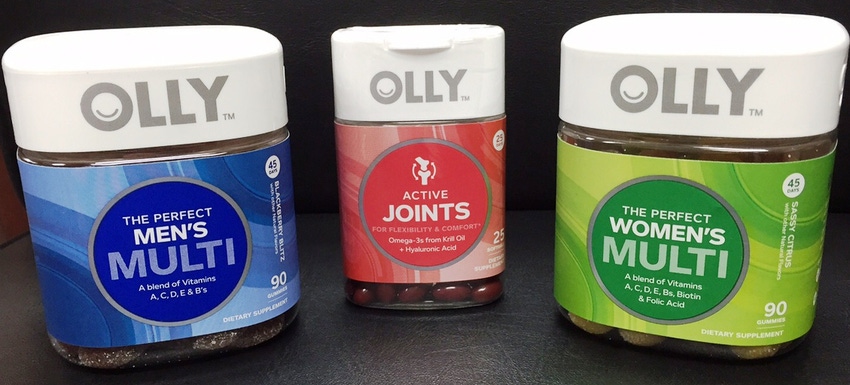5 ways packaging can differentiate your brand
October 12, 2015

Packaging differentiation calls attention to individual brands in many ways. By associating unique characteristics with their products, brand owners create instant recognition and authority within their niches, leading to higher sales as visibility and credibility rise.
Marketing is all about image-building and highlighting what makes your brand better than others. To accomplish your marketing and advertising goals, you'll lean on a series of proven strategies for gaining the public's attention and keeping consumers focused on your brand.
The name of a product, for example, provides a cornerstone to build on, often inspiring brand themes that increase recognition among consumers. Whatever you sell, your logo and supporting artwork aim to please those within your target market, so the visual images do more good than your sales pitch alone. Even your color-scheme is chosen with consumer appeal in mind, catering to trends within your niche.
Packaging also plays key roles in merchandising and marketing success, furnishing opportunities for producers to stand out among competitors as they jostle for retail shelf space.
Packaging differentiation uses every available option for calling attention to individual brands, including unique sizes, shapes, materials and brand hallmarks. By associating these unique characteristics with their products, manufacturers create automatic recognition and authority within their niches, leading to higher sales as visibility and credibility rise.
Standing out in the crowd
Retail shelves are lined with products of similar appearance. Certain goods, for example, perennially use the same size, shape and style of packaging, leaving a trail of indistinguishable brands that look like they all came from the same factory. As markets become more competitive, however, packagers continue to work with producers to help set them apart from competing brands.
1. Colorful graphics, for example, are now printed directly on a variety of materials, including glossy surfaces that were once difficult to print. And color is used more effectively than it once was, helping brands establish themselves through color recognition.
2. Shapes are also used to attract attention, especially when molded bottles and other packages are formed in the shape of related objects. From dietary supplements packaged in dumbbell-shaped jars to the familiar molded bear-shaped honey bottles, creative packaging adds an advantage on store shelves.
Packaging requirements vary, depending on what's inside, but there are virtually no hard-fast rules against packaging innovation.
3. Custom presentations have become the prevailing standard, rather than the exception. Multipacks and variety packages, for example, incorporate multiple retail items into a single package, increasing visibility and creating unique presence on the shelf. Boxes with die-cut windows, for instance, make a lasting impact compared to standard tuck-top chipboard boxes as consumers can see exactly what they are getting and the dimensional presentation does a better job selling than a symmetrical box does.
Merchandising in various quantities or in “bonus” packs also proves valuable for sellers seeking greater packaging differentiation. Modern packaging technology allows heavy-gauge shrink wrap materials to be stretched over retail cans and bottles, creating combo-packs that stand out.
4. In addition to standing out for presentation, packaging furnishes opportunities to share unique messages. Sustainability, for example, is an important concern among consumers, so associating product packaging with responsible consumption behavior is a trend setting some producers apart from others in today's ecologically sensitive marketplace. Printing messages about sustainability or recyclability directly on packages speaks directly to consumers tuned-in to ecology issues.
The packaging industry continually evolves, reflecting packaging standards and technological advances. By staying atop change, experienced packagers and forward-thinking clients push the cutting-edge of packaging trends and bring unique designs to market. Technology helps retailers display products more efficiently and aids efficient distribution of goods, but it also moves packaging innovation into uncharted territory.
5. Interactive packages, for instance, represent the future of brand differentiation. Though they are still used in a specialty marketing capacity, some packages already carry wireless and digital technology, allowing them communicate with consumers using sounds and lights. Some food packaging also incorporates past-date notifications and other messages for consumers. And drug packaging innovation adds safety to prescriptions and over-the-counter medication by highlighting drug interaction dangers for specific patients.
Brand differentiation is essential to retail marketing success, so packaging plays a primary role by calling attention to your products over those of competitors. Shape, colorful graphics, custom presentations, unique messaging and technological assists are a few of the tools experienced packagers use to stay ahead of consumers.

Randy Shaw is the CEO/owner of Assemblies Unlimited, a turnkey specialist in contract packaging, contract filling and fulfillment services.
About the Author(s)
You May Also Like


